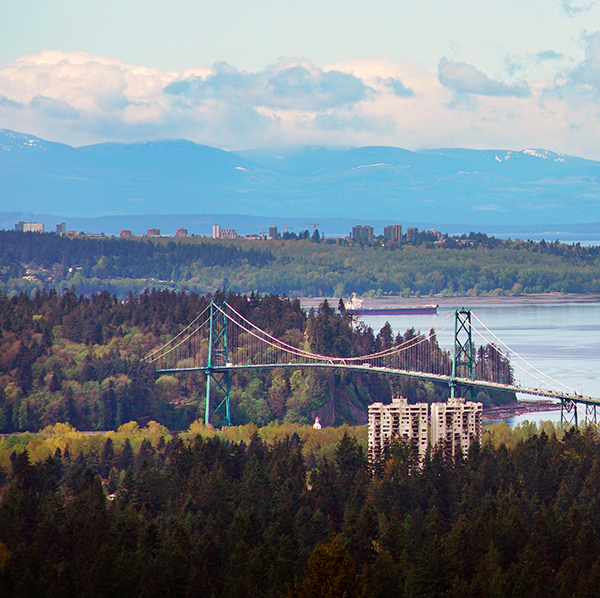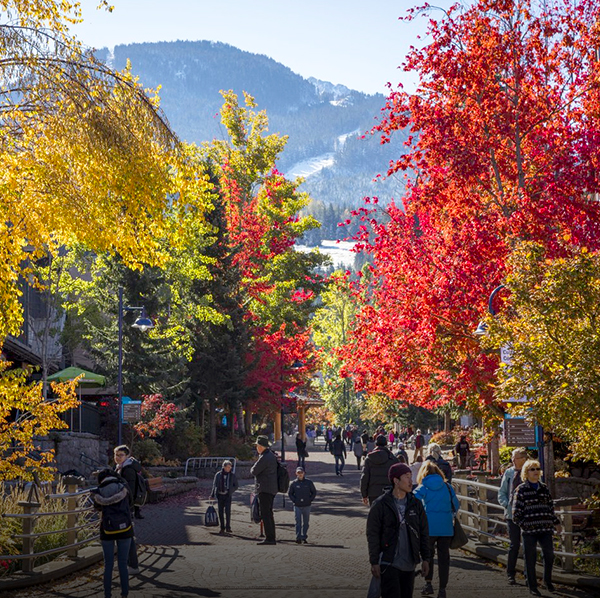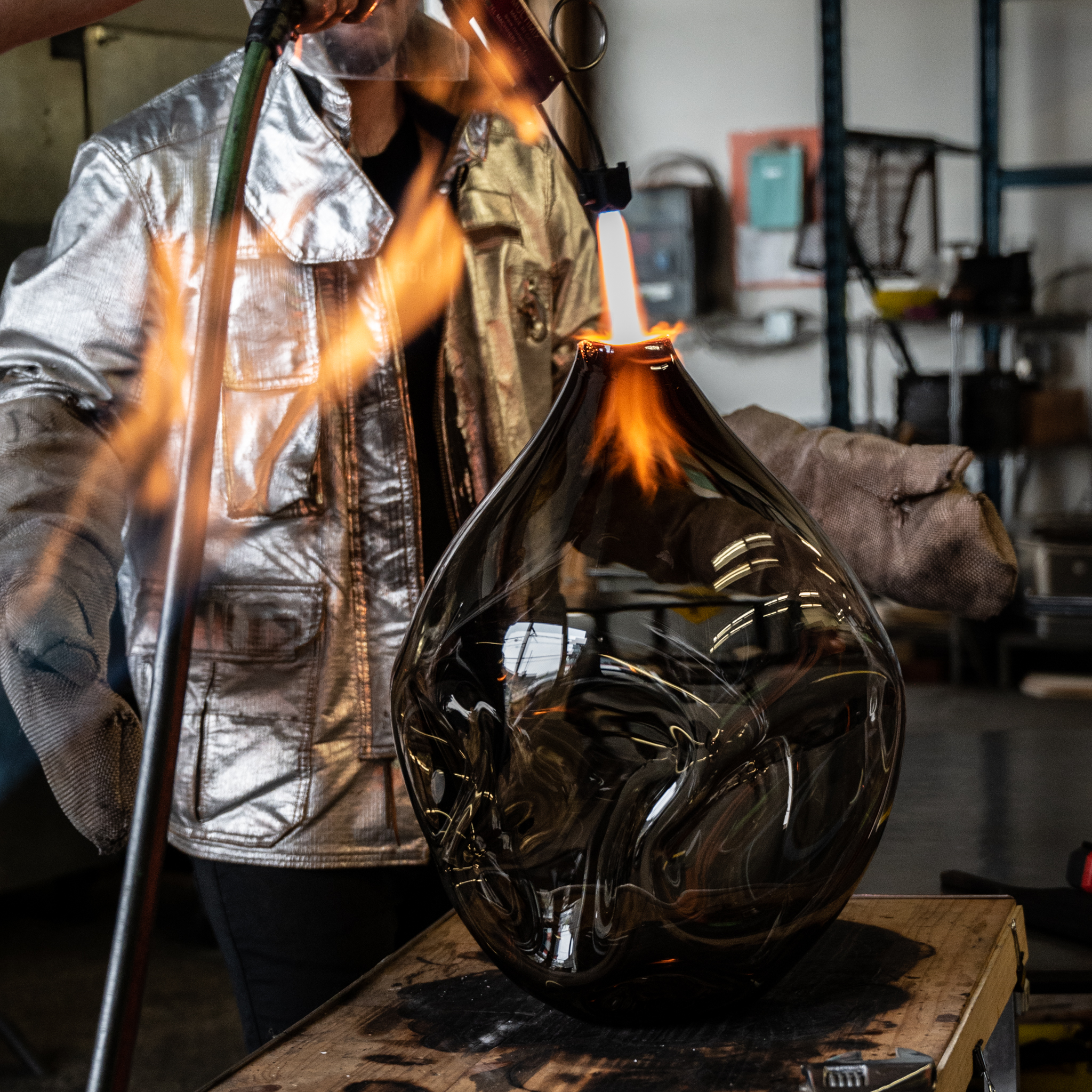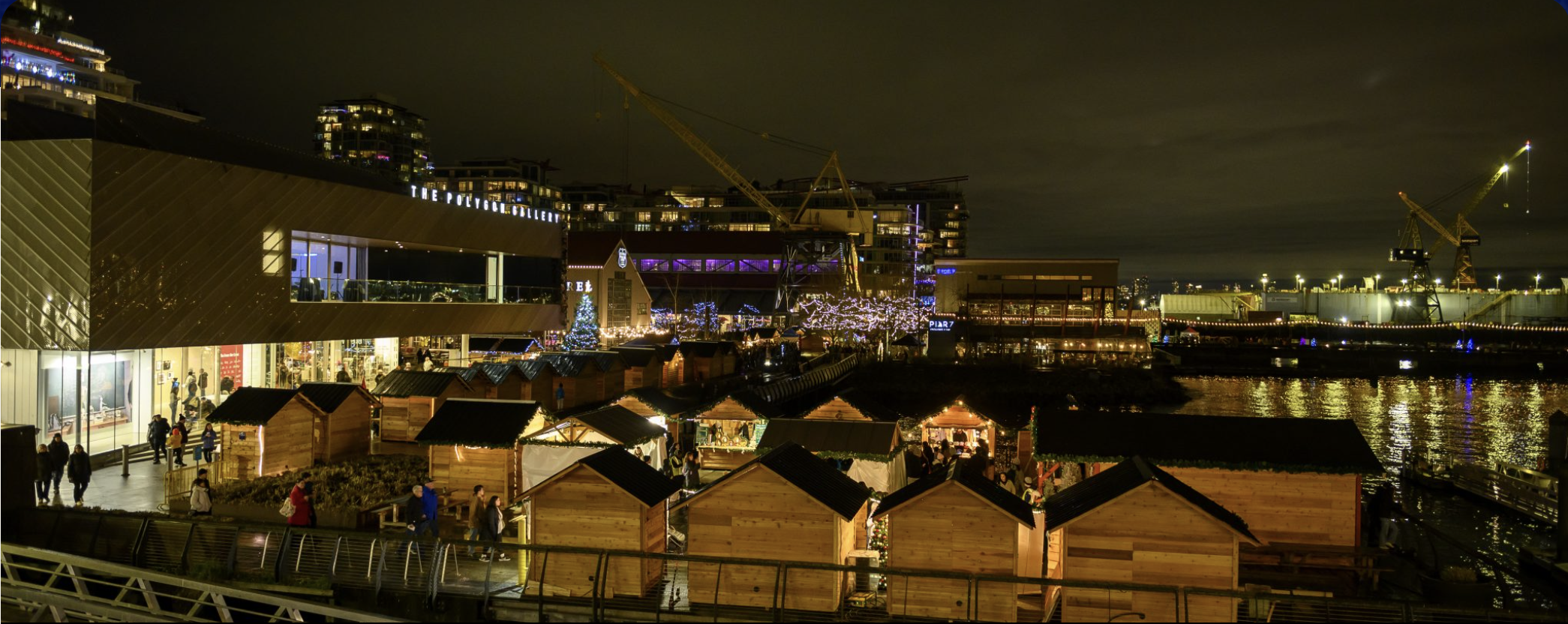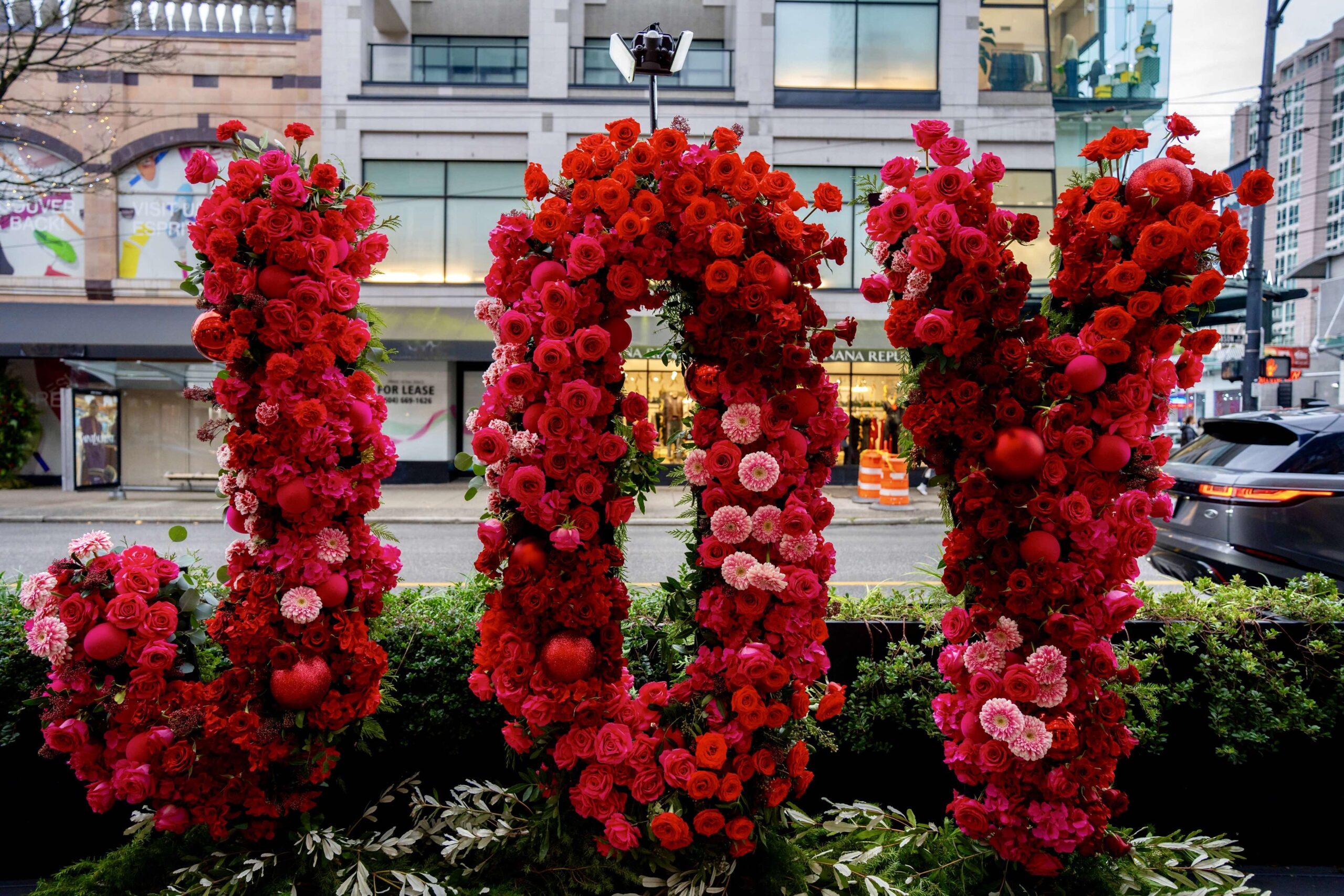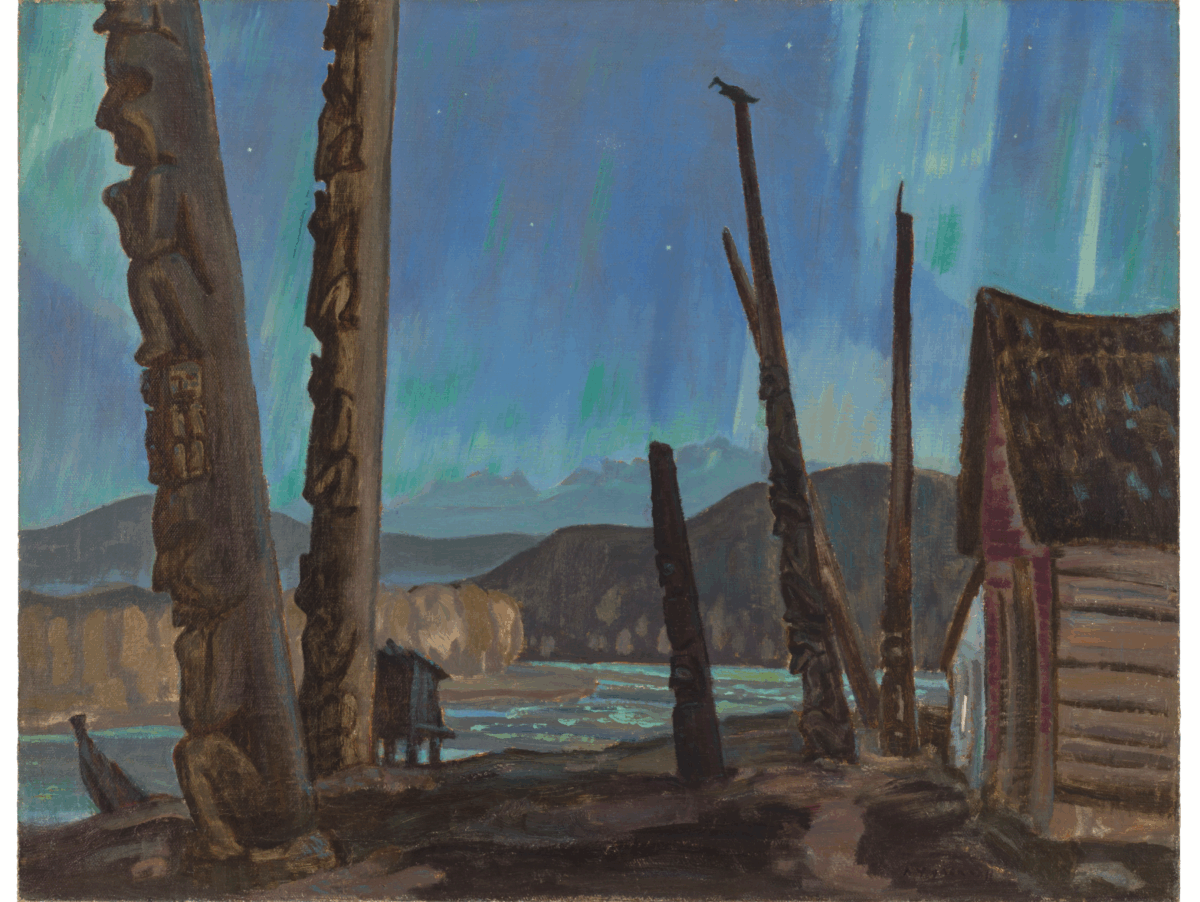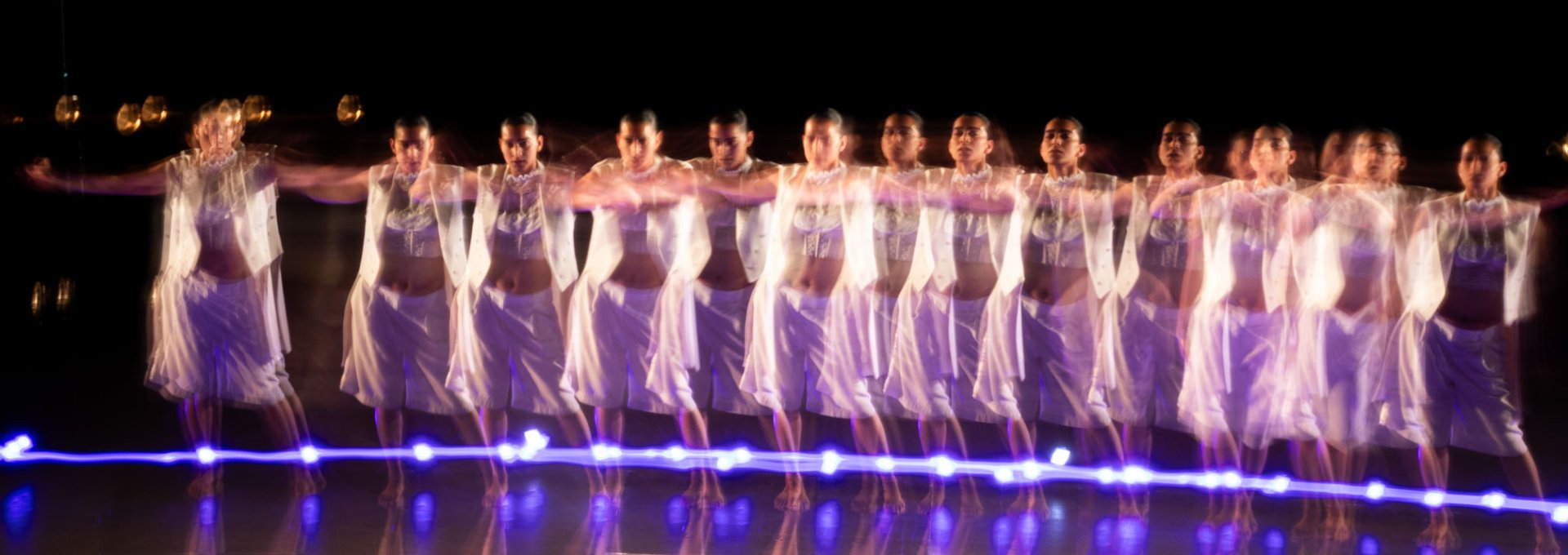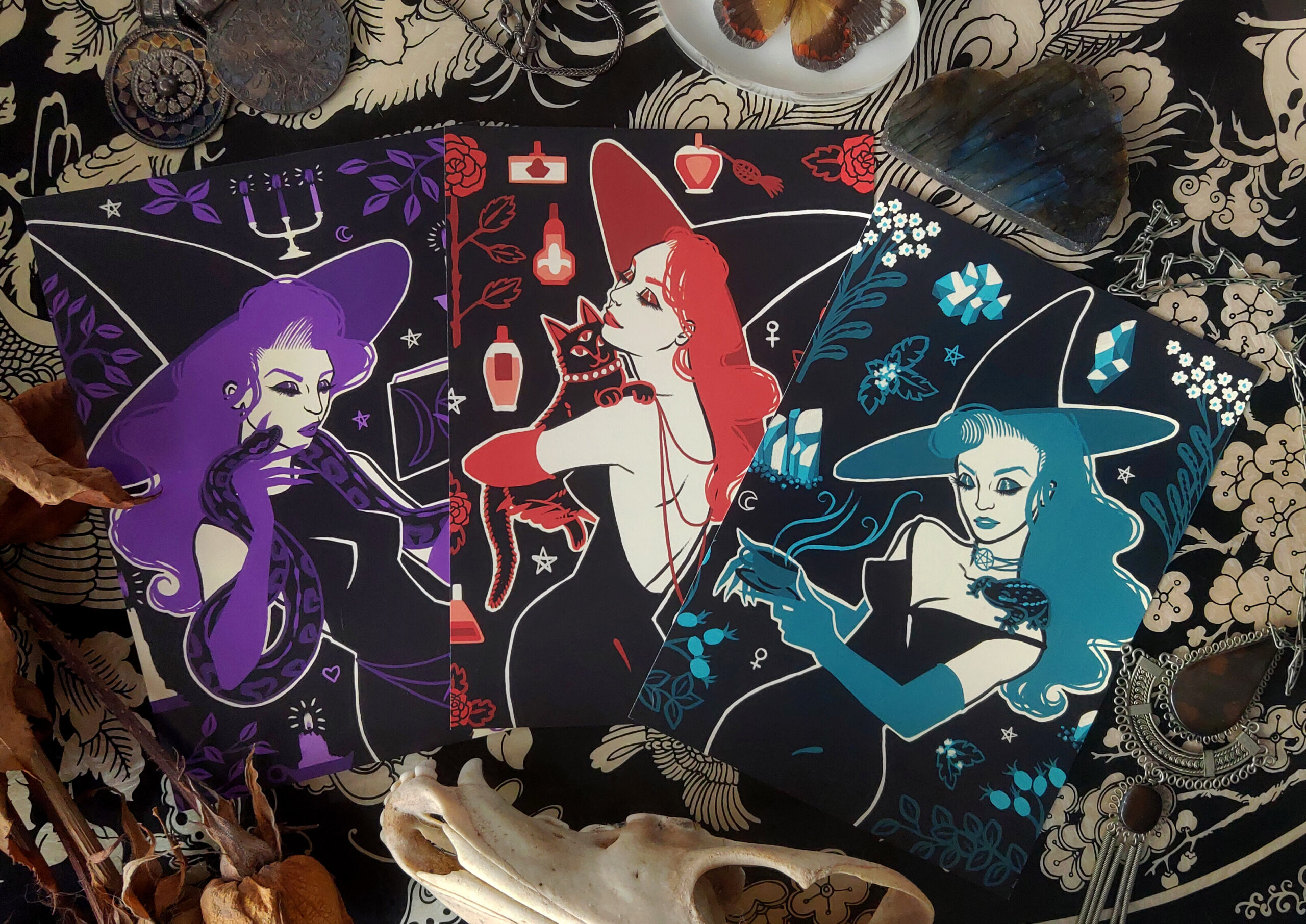The Lower Mainland is home to many talented artists and thought-provoking art practices. Either as an avid gallery-goer or someone who is interested in expanding their art-viewing aspirations, you may find yourself familiar with various mediums of art—from painting to drawing, ceramics to woodworking, printmaking to textiles, or performance art to photography (among many others)—as the umbrella is immense.
For various reasons, some artistic practices are not as well-known. There may not be many public exhibitions surrounding the medium, or there may not be many studios in existence due to the complexity of tools or equipment needed to create the art. An art form that has fascinated me, and left me mesmerized and intrigued to learn more, is glassblowing.
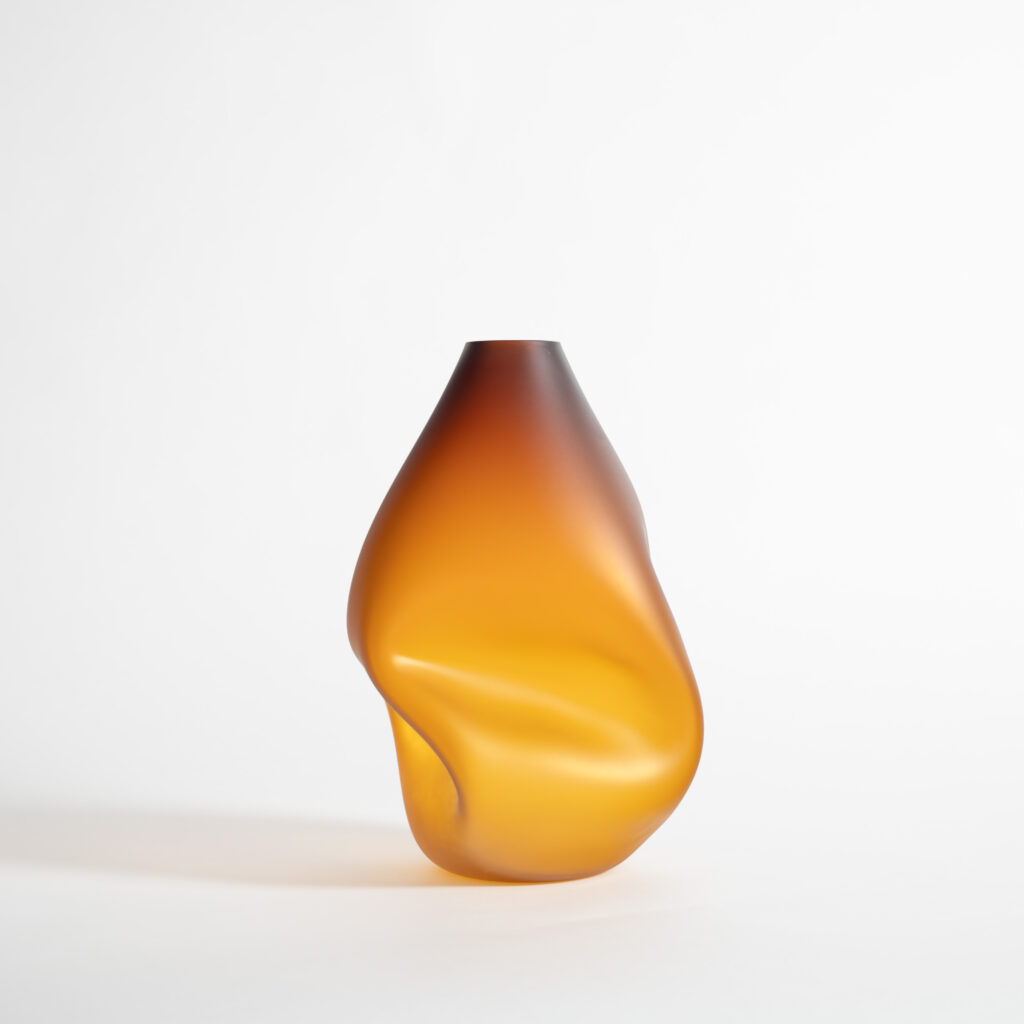
Glassblowing was introduced in the middle of the 1st Century BC, and modern practices continue to use the same ancient tools such as blowpipes, blocks, jacks, and paddles. Very simply put, the process involves heating up a pipe, dipping it into molten glass, inflating the glass to create a bubble by blowing air into the pipe, letting it cool, gathering more glass, continuing this method until it is ready to introduce metal and wooden tools to form the piece, transferring it onto a puntie, breaking it off, and then placing it in an annealer to cool. It is a laborious art form that takes patience and great skill. There are also only three schools in Canada where one can formally study glassblowing and receive a degree.
We spoke with the talented Jesse Bromm who studied Craft and Design at Sheridan College in Ontario. He is now the co-owner of Vancouver-based design and process firm Goodbeast that specializes in handblown objects.
Jesse initially went to school for drawing and painting but stumbled upon Sheridan’s glassblowing studio. He discovered he wanted to do something more physical, but of course, this also came with more challenges.
“You need to be aware of the thermal elements as well as the physical elements,” Bromm tells us, “all while not actually being able to touch the material you are working with. Because the molten glass is alive and moving, you have to make split second decisions that will affect the piece. You can’t go back a step. The material is not very forgiving.”
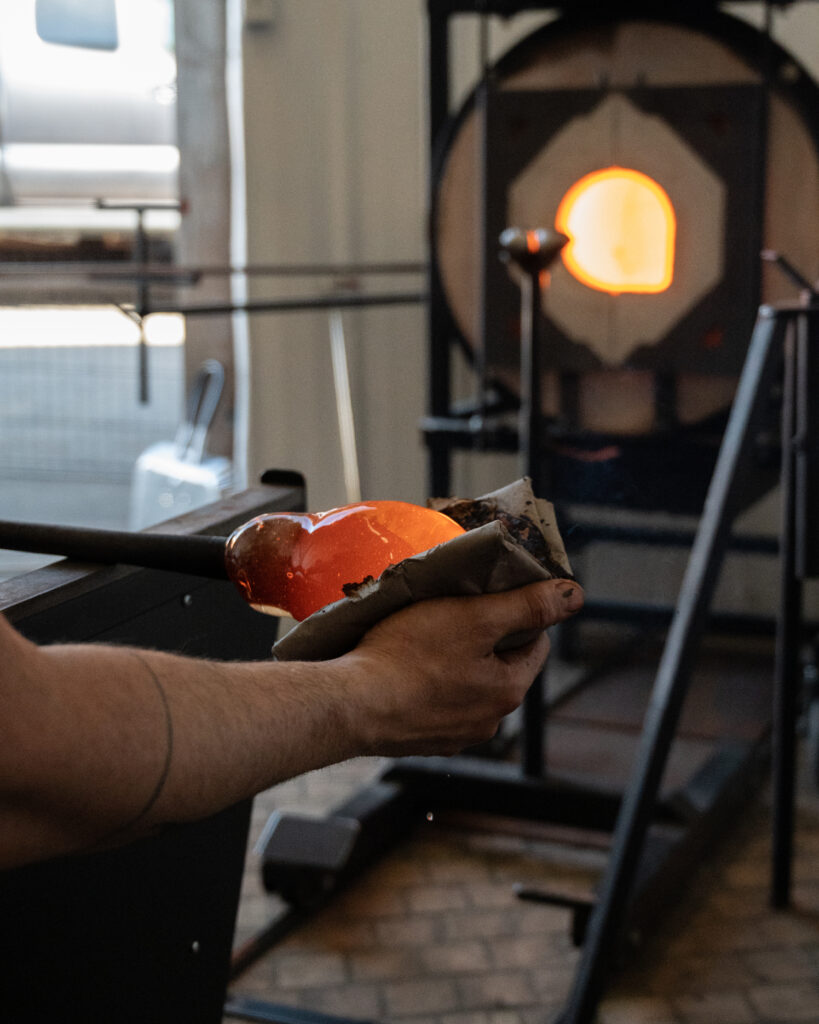
There are many reasons why the art form is not widely practiced. For one, the equipment is very unique and it is expensive to run a traditional glass blowing studio. The learning curve is also very steep compared to other art practices. “It takes years to be able to make the most basic piece,” Bromm says. “Even making a perfect paperweight completely by yourself can take months.”
Why would one then enjoy working in this medium if it poses so many obstacles? “Because it is always challenging, and I’m still learning and pushing myself to think in different ways,” Bromm says. “It’s a very versatile material and there are many possibilities.”
Although glassblowing may seem intimidating, there are some wonderful opportunities to become acquainted with the medium and captivated by the craft. Glassblowing is also incredibly fun and thrilling! In the Lower Mainland, these are the public glassblowing studios that offer group and private lessons that you’ll want to check out:
Terminal City Glass Co-Op offers many classes and studio rentals for various levels. They offer traditional glassblowing lessons, but if you are looking for an introduction to hot glass work, a flameworking class may be a great start.
Terminal City Glass Co-Op is located at 1191 Parker Street, Vancouver BC.
Vancouver Studio Glass offers classes focusing on beginner-friendly techniques where you can make that perfect paperweight or a shallow dish in the colours of your choice. You can also sign up for a private class that is entirely centered around your goals and desires. Their on-site gallery also displays some of the finest works of Canadian glass to inspire you, with knowledgeable staff who are ready to answer any questions you may have about the artists and glass process.
Vancouver Studio Glass is located at 1440 Old Bridge Street, Granville Island in Vancouver BC.
Article by: Madison Smart




